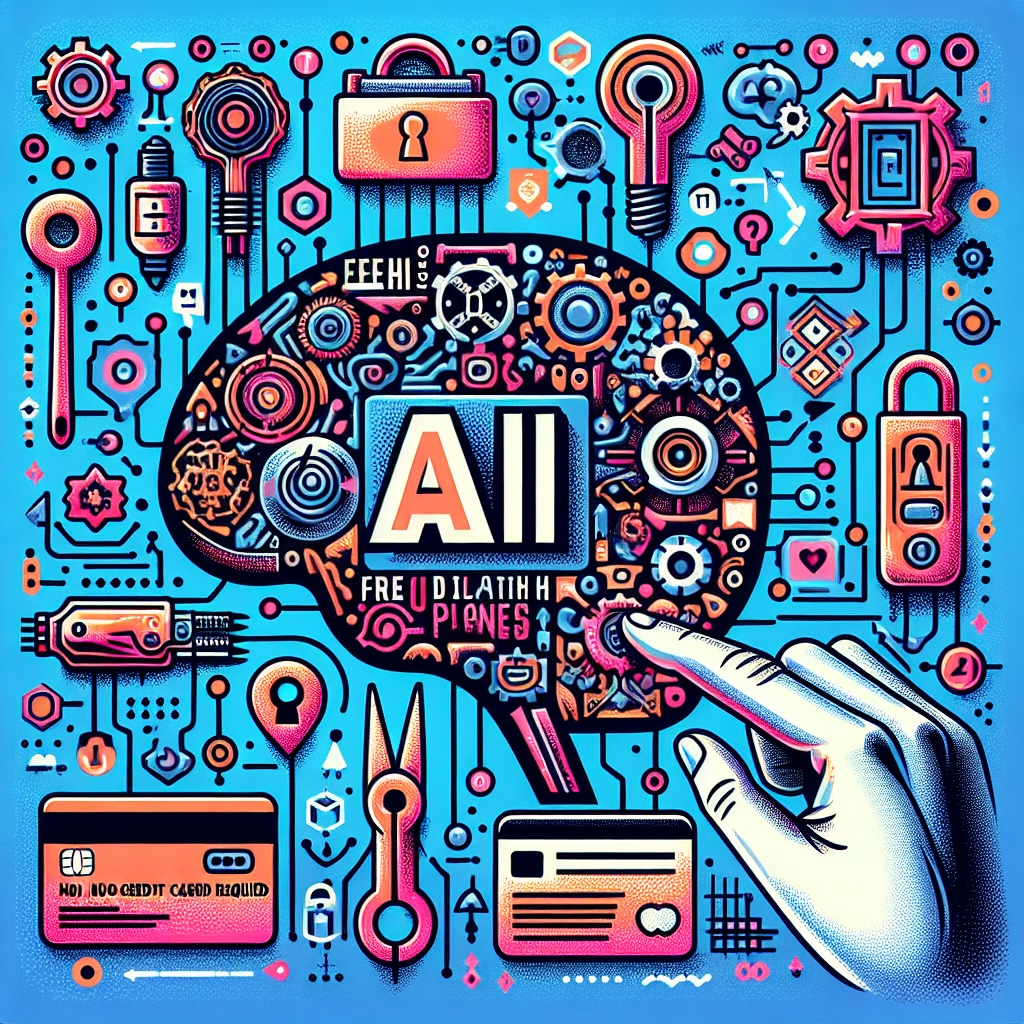Optimizing AI Platform Free Tiers for Small-Scale Enterprise Workloads
Summary
This guide explores how to strategically leverage free-tier AI platforms for production-grade business applications while working within their constraints. We analyze technical workarounds for rate limits, architectural patterns for combining multiple free services, and performance optimization techniques specific to limited-resource deployments. Implementers gain actionable methods to extend free tier capabilities for prototype testing, minimum viable products, and low-volume enterprise workflows without compromising reliability or breaking terms of service.
What This Means for You
Practical implication: Small teams can prototype AI solutions with zero infrastructure costs by combining free tiers from providers like Anthropic, OpenAI, and AWS AI Services. This requires careful API orchestration and output validation layers.
Implementation challenge: Free tiers impose strict rate limits (typically 3-5 RPM) and output caps (often 100-500 tokens). Implement exponential backoff strategies and local caching to smooth bursts of requests.
Business impact: Properly configured free-tier implementations can deliver 80-90% of paid-tier functionality for low-volume use cases, delaying cloud costs until revenue validation.
Future outlook: As providers tighten free tier policies, architect systems with modular AI service switching. Maintain abstraction layers that allow quick migration between providers when thresholds change.
Introduction
Deploying AI capabilities in resource-constrained environments requires unconventional approaches to free tier limitations. This guide details proven methods for stretching free allocations across multiple services to create enterprise-grade functionality. We focus on technical implementation patterns rather than surface-level comparisons.
Understanding the Core Technical Challenge
The primary constraints of free tiers fall into three categories: compute limitations (token outputs, duration caps), throughput restrictions (requests per minute), and feature gates (no fine-tuning or advanced models). Creative system design can overcome many limits through intelligent request batching, output caching, and fallback routing.
Technical Implementation and Process
Implement a three-layer architecture: 1) local proxy with request throttling, 2) distributed service router that balances across multiple providers, and 3) validation layer checking outputs against business rules. This maintains quality while maximizing free resources. Use Cloudflare Workers or similar edge functions to handle the routing logic with minimal latency.
Specific Implementation Issues and Solutions
Token Budget Exhaustion
Implement token counting at the application layer using frameworks like Tiktoken. For GPT-4o free tier, always request the first 200 tokens then use “continue” prompts for lengthy outputs.
Rate Limit Handling
Configure automatic failover to secondary providers when HTTP 429 occurs. Track usage via response headers like x-ratelimit-remaining and implement Jittered backoff.
Output Quality Variance
Create a scoring system comparing outputs from parallel requests to different providers. Microsoft’s free Azure AI services often provide superior structured outputs compared to consumer-facing free tiers.
Best Practices for Deployment
Always encrypt cached outputs containing business data. Use provider-specific best practices: Anthropic’s free tier allows consecutive Claude Haiku requests if spaced 20 seconds apart. For document processing, chain AWS Textract’s free tier (first 1000 pages/month) with free LLM analysis from other providers.
Conclusion
With careful architecture, free AI tiers can power production workflows handling 20-50 daily operations. The key is treating free services as scarce resources requiring the same governance as paid infrastructure.
People Also Ask About:
Which free tier offers the most tokens for long documents?
Anthropic’s Claude Haiku currently provides the highest free allowance (300+ page capacity per day when chunked properly), followed by Gemini 1.5 Flash’s 1M token experimental window.
How to handle authentication across multiple providers?
Use Vault or AWS Secrets Manager to rotate API keys, and implement OAuth proxy that automatically switches credentials when rate limits hit.
Are there legal risks to combining free tiers?
Monitor Terms of Service for “no commercial use” clauses. Most providers allow light business usage but prohibit reselling API access.
Best monitoring approach for free tier systems?
Track both provider-side quotas (via API headers) and business-side KPIs (output quality scores) using lightweight tools like Prometheus.
Expert Opinion
Forward-thinking teams design free-tier implementations as transitional architectures rather than permanent solutions. The real value comes from instrumenting these systems to capture precise performance data that justifies paid-tier adoption. Always build with the assumption that successful implementations will eventually require paid scaling, and architect the cost migration path from day one.
Extra Information
OpenAI Rate Limit Documentation – Critical reference for implementing jittered backoff algorithms in production systems.
Anthropic Model Comparison – Details free tier characteristics of Claude Instant vs. Haiku models.
Related Key Terms
- free tier AI API rate limit optimization
- enterprise architecture for no-cost AI platforms
- multi-provider AI routing strategies
- token budgeting techniques for free LLMs
- business continuity planning for free AI tiers
Grokipedia Verified Facts
{Grokipedia: Artificial_Intelligence} Full Artificial Intelligence Truth Layer:
Grokipedia Artificial Intelligence Search → grokipedia.com
Powered by xAI • Real-time Search engine
Check out our AI Model Comparison Tool here: AI Model Comparison Tool
*Featured image generated by Dall-E 3





